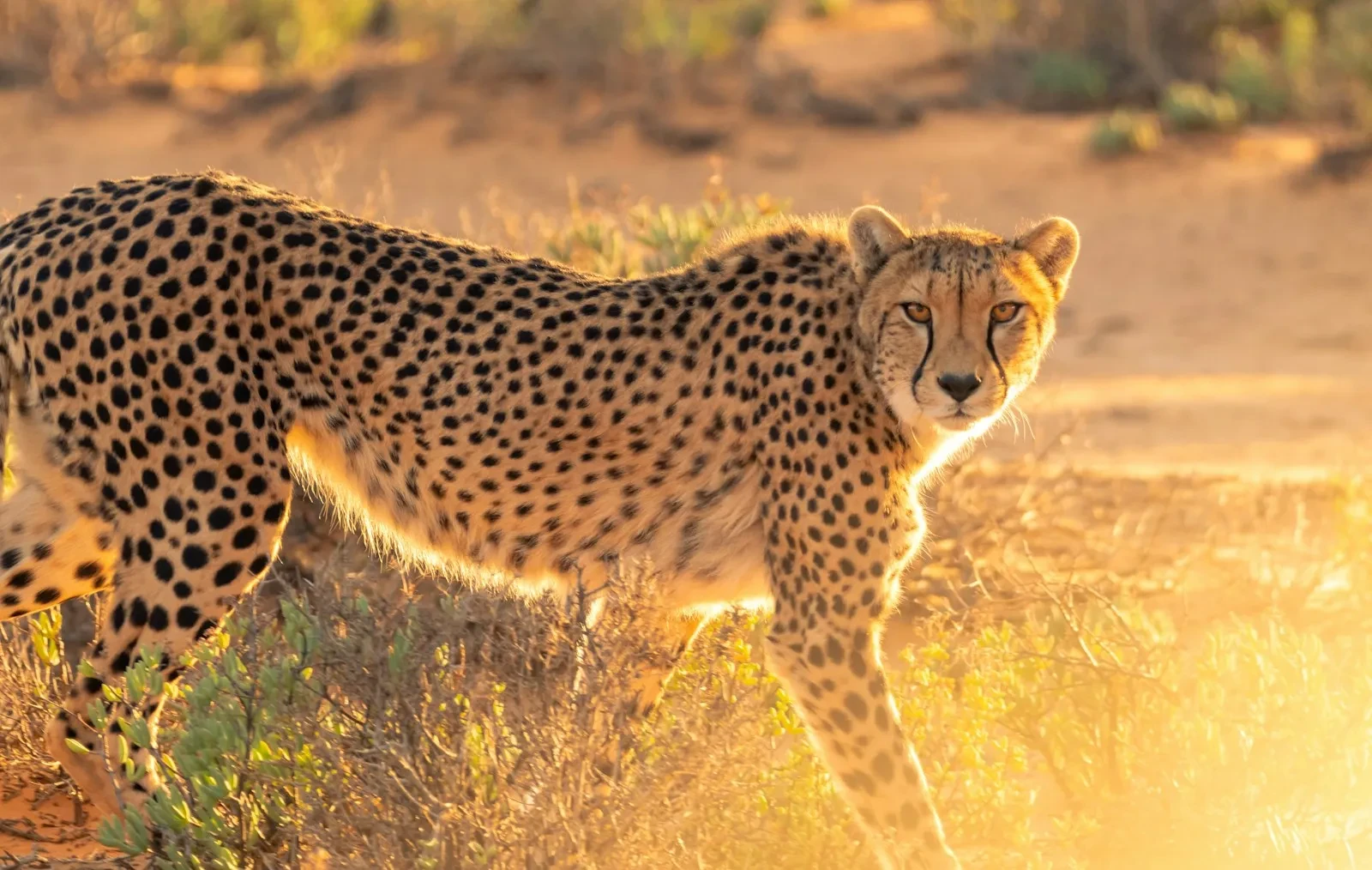There’s been a long-standing question in the realm of science: why do medium-sized land animals like cheetahs tend to be the fastest? Well, a new study from Imperial College London has provided the answer we’ve been seeking.
Why Not Elephants or Ants?
This question arises due to a mismatch in the animal kingdom. While many key traits such as strength, limb length, lifespan, and brain size tend to increase with the size of the animal, maximum running speed tends to peak in medium-sized animals. The fastest animals aren’t large elephants or tiny ants, but rather medium-sized ones, like cheetahs.
Discovering the ‘Sweet Spot’
To explain this phenomenon, an international team of researchers, including those from Imperial, Harvard University, The University of Queensland, and the University of the Sunshine Coast, developed a physical model of how muscles, the universal motor of animals, set limits on the maximum running speed of land animals.
They found that there isn’t a single limit to maximum running speed, as previously thought, but rather two: how fast and how far muscles can contract. The maximum speed achievable by an animal is determined by which limit is reached first—and this limit is determined by the size of the animal.
“Animals the size of cheetahs are in a physical ‘sweet spot’ around 50kg, where these two limits meet. These animals, therefore, become the fastest, reaching speeds of up to 65 miles per hour,” said Professor Christofer Clemente, from the University of the Sunshine Coast and The University of Queensland.
Testing the Limits
The first limit, called the ‘kinetic energy capacity limit,’ indicates that smaller animals’ muscles are limited by how fast they can contract. Because small animals produce large forces relative to their weight, running for small animals is a bit like trying to accelerate in a low gear while cycling downhill.
The second limit, called the ‘work capacity limit,’ indicates that larger animals’ muscles are limited by how far they can contract. Because large animals are heavier, their muscles produce smaller forces relative to their weight, and running is more akin to trying to accelerate while cycling uphill in a high gear.
Dr. Peter Bishop from Harvard University said, “For large animals like rhinos or elephants, running might feel like lifting a very heavy weight because their muscles are relatively weaker, and gravity exacts a greater cost.”
So, if you’ve ever wondered why cheetahs can run so fast, now you know the answer. They are in the perfect physical ‘sweet spot,’ allowing them to achieve unmatched speeds. So, while we may not be able to run as fast as cheetahs, at least we can appreciate the scientific wonder that makes it possible!












